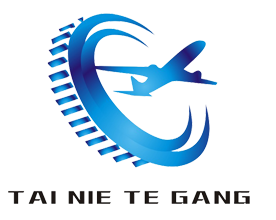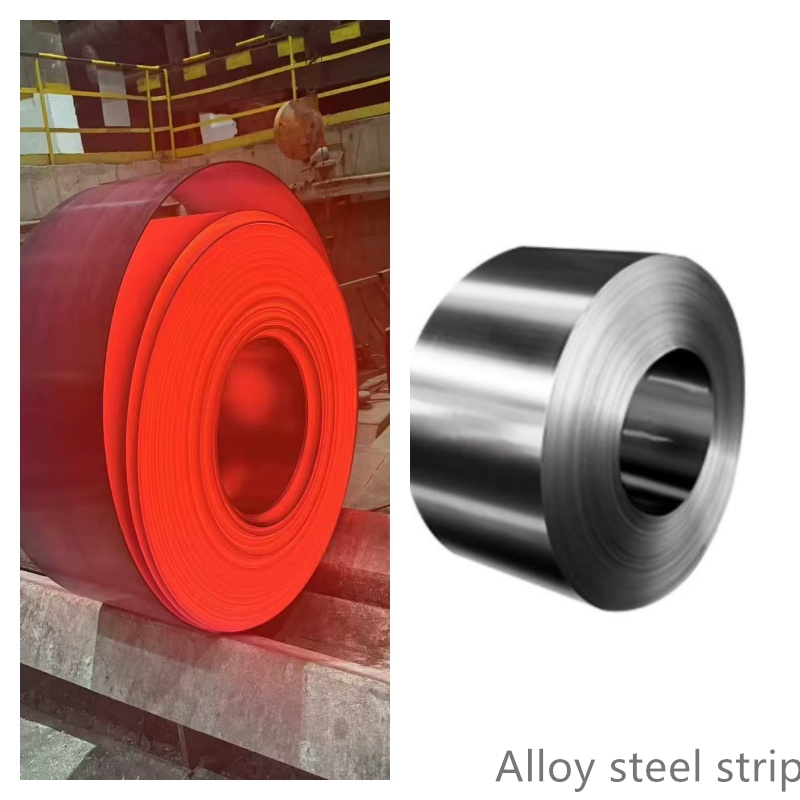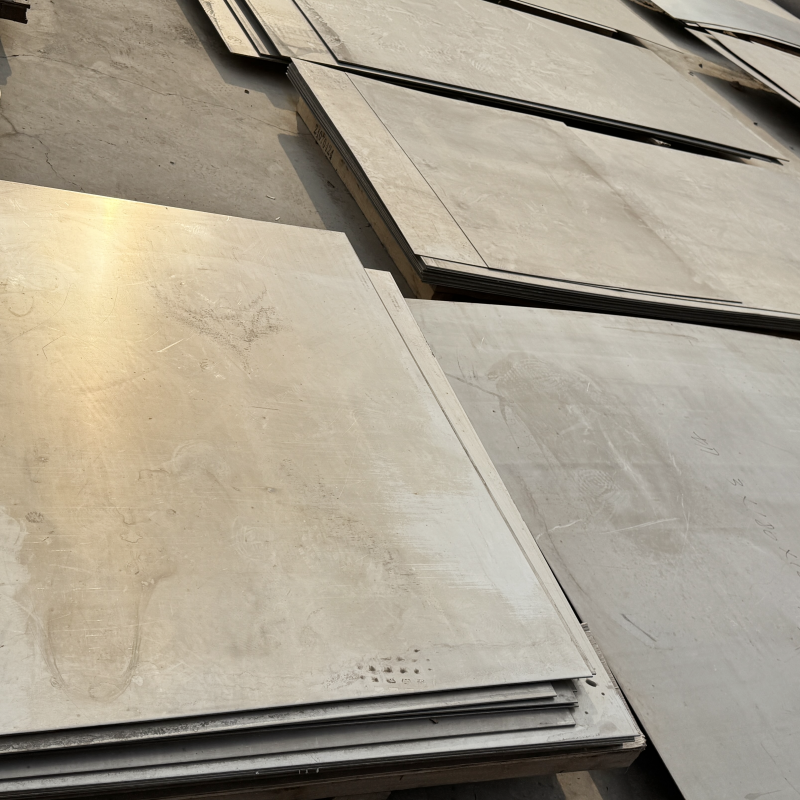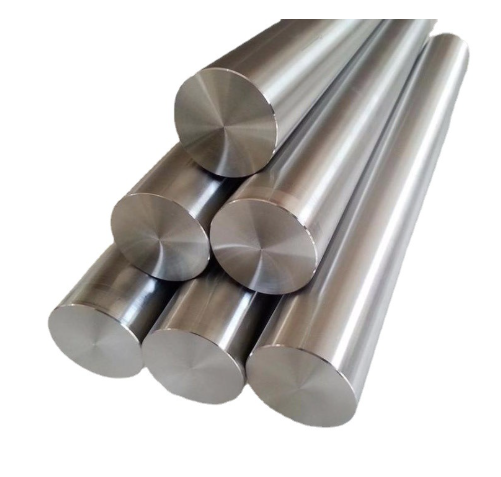
Product
Message
NIckel alloy Plate GH4037/GH37Plate,Roll
GH3037 (GH37) alloy is an austenitic aging-strengthened nickel-based alloy. A total of about 4% of aluminum and titanium are added to form γ phase for aging strengthening, and more tungsten and molybdenum are added for solid solution strengthening, and a trace amount of Boron strengthens grain boundaries. The alloy is used below 850 ℃, has high thermal strength, good comprehensive performance and microstructure stability, is widely used in the manufacture of aero-engine turbine blades, and is used for a long time below 800-850 ℃.
Category:
Superalloy
Email:
GH4037 superalloy overview:
GH3037 (GH37) alloy is an austenitic aging-strengthened nickel-based alloy. A total of about 4% of aluminum and titanium are added to form γ phase for aging strengthening, and more tungsten and molybdenum are added for solid solution strengthening, and a trace amount of Boron strengthens grain boundaries. The alloy is used below 850 ℃, has high thermal strength, good comprehensive performance and microstructure stability, is widely used in the manufacture of aero-engine turbine blades, and is used for a long time below 800-850 ℃.
1. Characteristics of GH4037 superalloy:
(1), GH4037 (GH37): ease of processing.
(2), GH4037 (GH37): It has high thermal strength, good comprehensive performance and tissue stability at 850 °C.
(3), GH4037 (GH37): It has high oxidation resistance at 850 °C, and long-term use of tissue stability.
(4), GH4037 (GH37): suitable for long-term use of aero-engine turbine blades below 800~850℃.
(5), GH4037 (GH37): good welding performance.
2. Application field of GH4037 superalloy: due to its moderate thermal strength and good thermal fatigue performance below 850 °C, it can be widely used in various high-demand occasions. Such as aero-engines, combustion chambers, afterburner parts, acidic environments, turbine blades.
3. GH4037 superalloy executive standard:
(1), GB/T 14992-2005 "Superalloy Grade Standard".
(2), GB/T14993-1994 "Superalloy Hot Rolled Bars for Rotating Parts".
(3), GB/T14994-1994 "Superalloy Cold Drawn Bars".
(4), GB/T14995-1994 "Superalloy Hot Rolled Sheet".
(5), GB/T14996-1994 "Superalloy Cold Rolled Sheet".
(6), GB/T14996-1994 "Superalloy Cold Rolled Sheet".
4. Chemical composition of GH4037 superalloy: see Table-1:
Physical properties of GH4037 superalloy:
1. Density of GH4037 superalloy: ρ=8.4g/cm3.
2. Melting temperature range of GH4037 superalloy: 1278~1346℃.
3. The metallographic structure of GH4037 superalloy: the structure of the alloy in the standard heat treatment state is austenite matrix and dispersed precipitation γ phase, there are a small amount of M23C6 and M6C type carbides in the grain boundary, and there are massive MC type in the grain. carbide.
Process performance and requirements of GH4037 superalloy:
1. The alloy has good forgeability, the forging heating temperature is 1140℃, and the final forging is 1100℃.
2. The average grain size of the alloy is closely related to the deformation degree and final forging temperature of the forging.
3. During the heat treatment of the blade, it needs to be heated slowly, and the step heating curve is used to heat up to the solid solution temperature, and the temperature control should be strict. In order to stabilize the performance of the blade, special attention should be paid to the cooling rate during the secondary solid solution not being too fast.
4. After the blade is machined, in order to eliminate the residual stress in the surface layer if necessary, the heaviest finished parts should be subjected to stress relief tempering. , and then air-cooled. Subsequently, it was aged at 800°C for 8h and air-cooled. After this specification treatment, not only can the residual stress on the blade surface be eliminated, but also the notch sensitivity can be improved.














